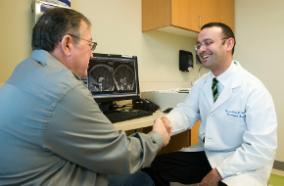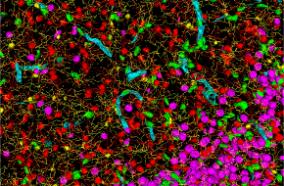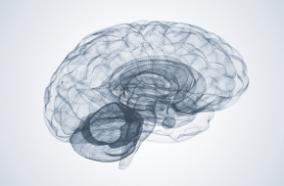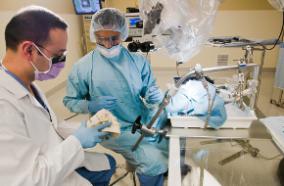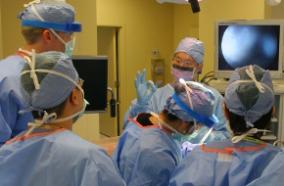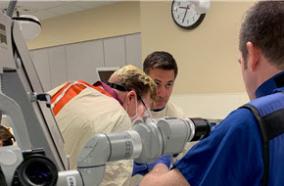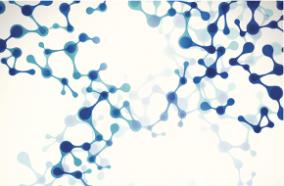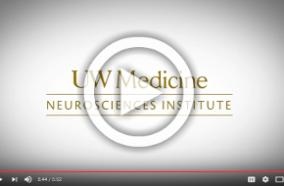Insights into the dynamic control of breathing revealed through cell-type-specific responses to substance P.
Insights into the dynamic control of breathing revealed through cell-type-specific responses to substance P.
Elife. 2019 12 05;8:
Authors: Baertsch NA, Ramirez JM
Abstract
The rhythm generating network for breathing must continuously adjust to changing metabolic and behavioral demands. Here, we examined network-based mechanisms in the mouse preBötzinger complex using substance P, a potent excitatory modulator of breathing frequency and stability, as a tool to dissect network properties that underlie dynamic breathing. We find that substance P does not alter the balance of excitation and inhibition during breaths or the duration of the resulting refractory period. Instead, mechanisms of recurrent excitation between breaths are enhanced such that the rate that excitation percolates through the network is increased. We propose a conceptual framework in which three distinct phases of inspiration, the burst phase, refractory phase, and percolation phase, can be differentially modulated to control breathing dynamics and stability. Unraveling mechanisms that support this dynamic control may improve our understanding of nervous system disorders that destabilize breathing, many of which involve changes in brainstem neuromodulatory systems.
PMID: 31804180 [PubMed - indexed for MEDLINE]

